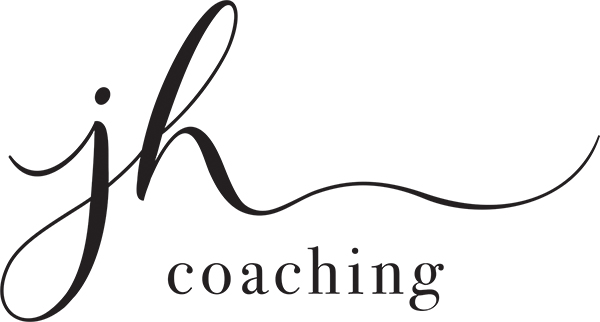Who is the person in your company who connects the dots? Sees the patterns and the bigger picture? The person who observes the results your business is getting and can link those results back to their source? Or said differently, the person capable of reverse-engineering the results your business wants back to the people and environment needed to create those results?
Is it the CEO, the HR director, or the new hire? Does anyone at your company connect the dots? Or is everyone too busy doing their “job”? Can any one person be capable of connecting the dots in real time with the rate of change in the world today?
Some companies say they want more innovation, yet the norms, policies and day-to-day practices in their business, show that they actually like traditional solutions. Some companies say they want their people to be more agile and yet don’t trust them with decision-making. Some companies say they want their customers to experience exceptional service and yet it is the area of their business with the least resources and the lowest priority on the agenda at management meetings…..
These are clear and obvious examples of a disconnect between what a company says it wants as an outcome and its day-to-day practices which run contrary to those outcomes!
As a CEO, you have to “see” the bigger picture – how everything is connecting together to produce the results you are seeing. To do this, you need everyone on your leadership team to be communicating with each other and with you in a continuous feedback loop that is open and honest (candid…about what is working and not working). They in turn, need everyone on their teams to be communicating in the same open and honest way on a continuous basis. Without this view of how everything is connecting, it’s impossible to find the solutions that your business needs to achieve its desired results. The consequence is that a lot of time, energy and resources are spent trying to solve a problem, which is not the REAL problem!
You have to be able to create an environment in which people feel comfortable and safe to express themselves candidly. You then need to ask questions which get at the truth. There is always a gap between where you are vs. where you want to be as a business. The best way to bridge that gap is to have that conversation with the people doing the work. They will then become clear on where it is you want the business to go. They will have the opportunity to challenge your thinking, suggest something better or voice their reservations. As part of this conversation, your will ALL become clear on where it is that the business wants/needs to go and you will have “buy-in” from your team in going there! This is true engagement – when everyone is aimed in the same direction by choice (and not by force).
So how do you create this environment? Well, start by having a conversation with a broad range of people in your organisation. See whether they feel comfortable in telling you what’s not working for them or their team. Ask questions and keep asking questions (without getting defensive) – until you have a good idea about what reality looks like from their perspective. Get a good representation of people across your organisation from all departments and all levels of hierarchy (if you still have hierarchy) to give their input. You can even expand this conversation to all stakeholders of your business (clients, shareholders, suppliers etc). If you’ve managed to do this properly (ie. people were open and honest with you) – the bigger picture that you now see will be pretty accurate…
Through this process, you will have effectively deepened relationships and created a new environment in which people interact with each other in smarter ways. You can then get to work with your team in co-creating the results your business wants. An engaged team (a team that knows where it is going and has “bought-in” to going there), will always outperform the competition because the competition is not engaged!
An engaged team is also the only way you can learn fast, adapt and anticipate the needs of an evolving organisation and ever-changing market place.
But first you must get REAL about the level of engagement in your organisation and start connecting the dots.




